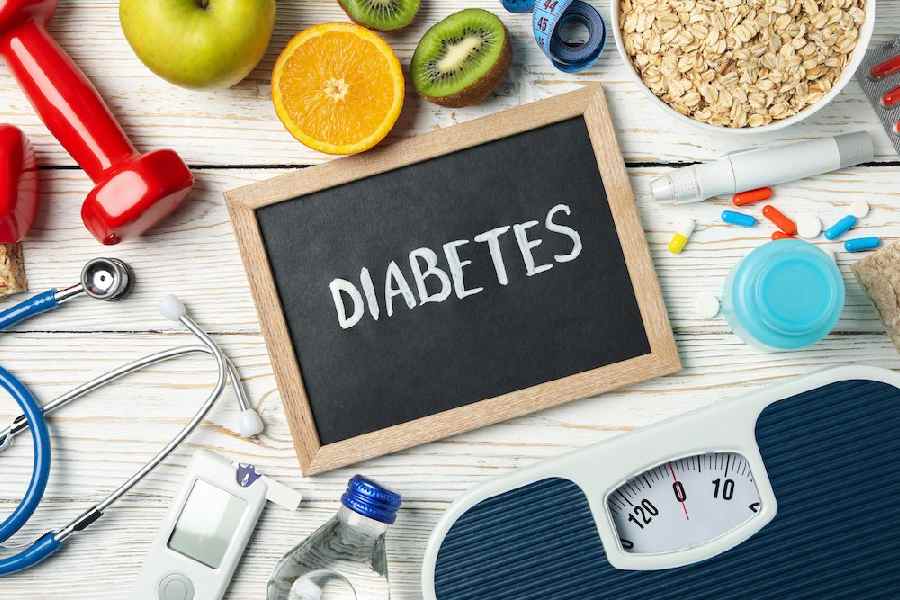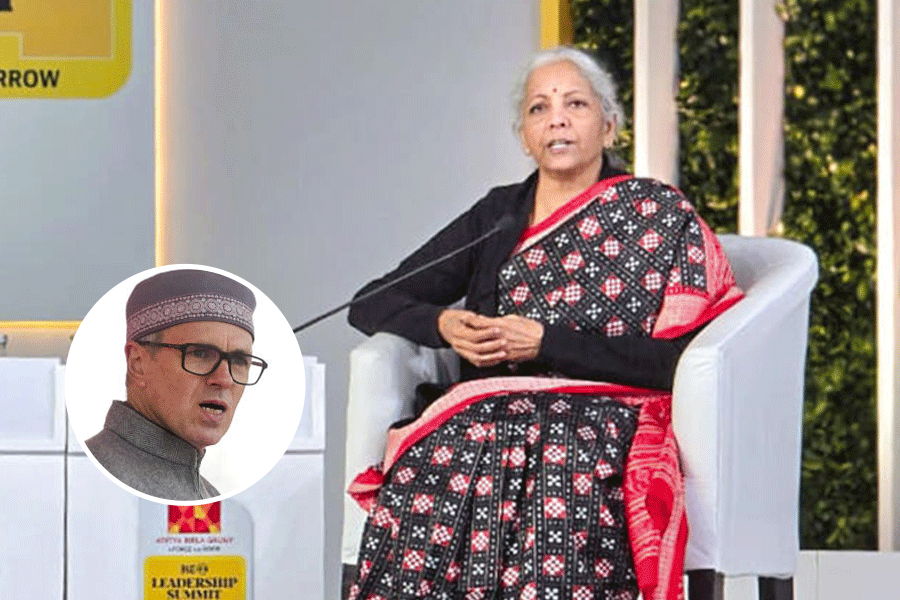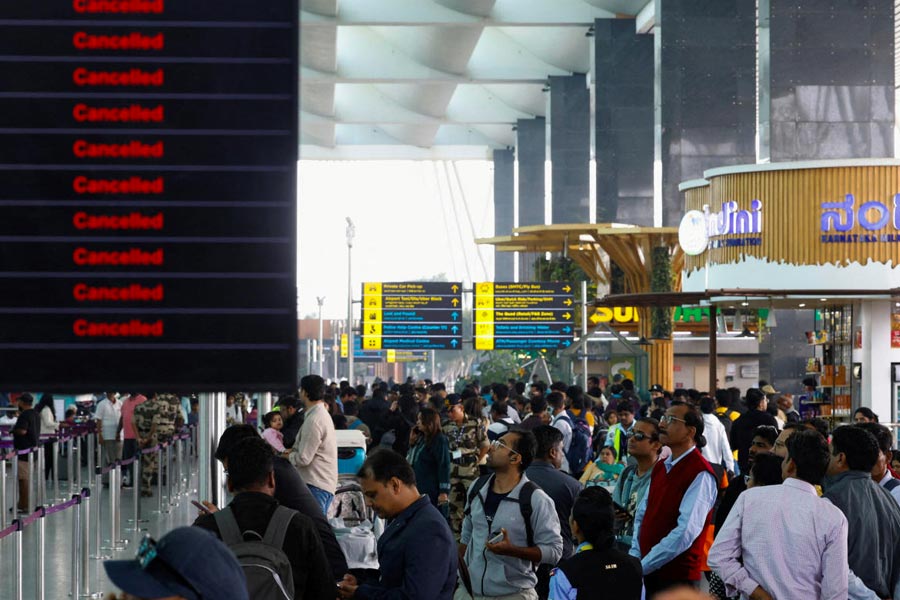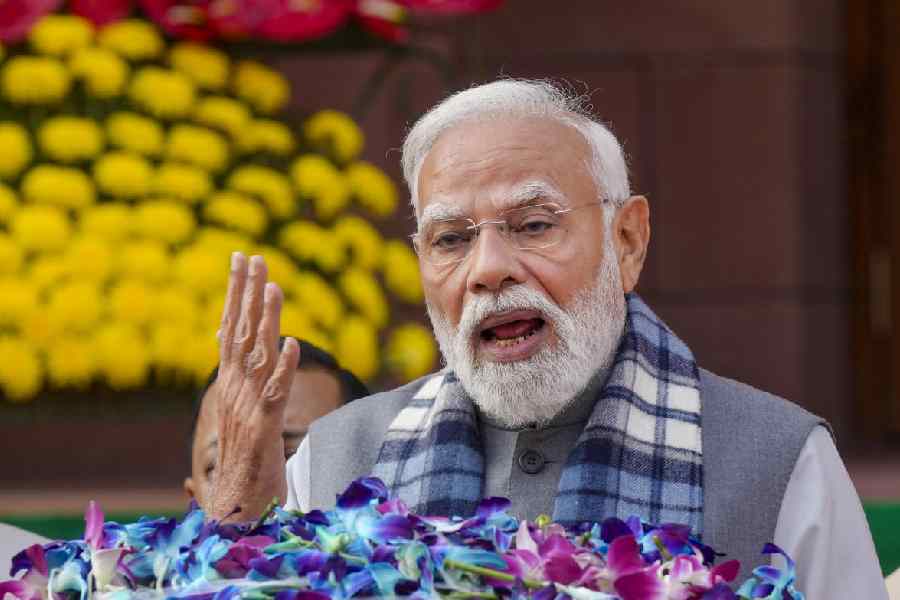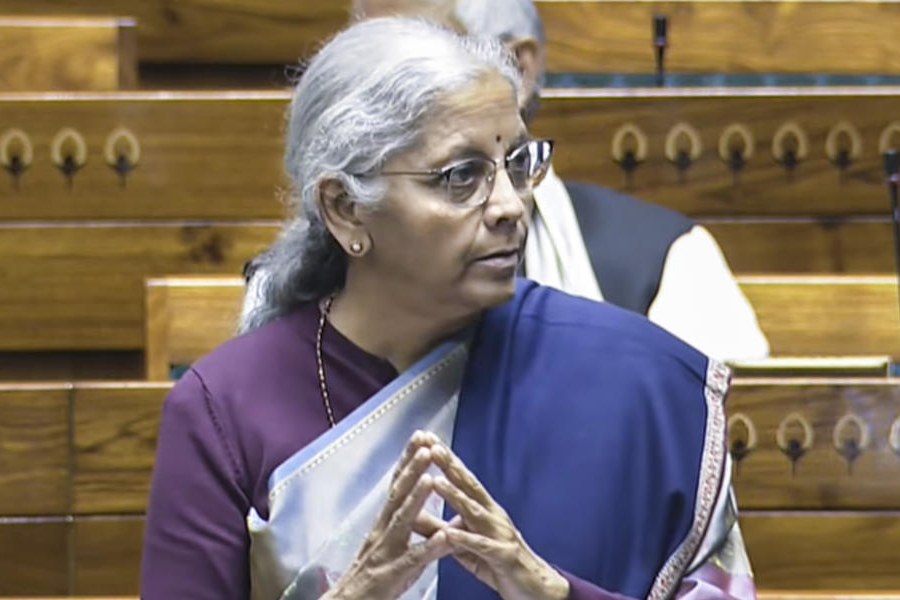About a fifth of those aged 45 and above were living with diabetes in 2019, with two in every five possibly unaware of their condition, according to data from a study among India's ageing adults.
Findings published in The Lancet Global Health also suggest that as the country's population rapidly ages, diabetes cases among the middle-aged and older adults will increase, even if increase in prevalence of the condition in age-specific groups can be arrested, authors said.
Researchers, including those from the International Institute for Population Sciences, Mumbai, and US, also found that 46 per cent of those aware of their diabetes regained a control over blood sugar levels, while around 60 per cent were able to control their blood pressure the same year.
Six per cent were taking a lipid-lowering medication to reduce the risk of cardiovascular disease, the team said.
The 'Longitudinal Aging Study in India' (LASI), which surveyed about 60,000 adults aged 45 and above during 2017-2019 (Wave 1), found prevalence of the metabolic condition was similar among men and women (nearly 20 per cent) and that in urban areas was twice, compared to prevalence in rural ones.
Further, states that were economically more developed tended to have a greater prevalence of diabetes, with about a third or more having diabetes in the states where prevalence was highest, the researchers said.
"Our study provides updated, nationally representative, and state-representative estimates of diabetes prevalence, awareness, treatment, and control using glycaeted haemoglobin (HbA1c) concentrations among middle-aged and older adults in India," they wrote.
The team "found that approximately one in five people aged 45 years and older had diabetes (50.4 million individuals), that variation across states was wide, and that urban diabetes prevalence was twice as high as rural prevalence." The authors added that compared to results from previous national surveys, such as the Indian Council of Medical Research-India Diabetes (ICMR-INDIAB) study that spanned 2008-2020, findings from the LASI suggest a slightly higher achievement of glycaemic and blood pressure targets, but a lower achievement of lipid-lowering medication targets, among the population.
The authors' findings support the notion that "India continues to be at a stage in the nutrition transition characterised by greatest diabetes prevalence among higher socioeconomic groups." Further, the results showing a greater prevalence of diabetes among the older age groups are important as the country's population ages rapidly, the team said.
The results suggest that "in the coming years, the total number of middle-aged and older adults with diabetes will increase even if the rise in age-specific diabetes prevalence can be halted."
Except for the headline, this story has not been edited by The Telegraph Online staff and has been published from a syndicated feed.

